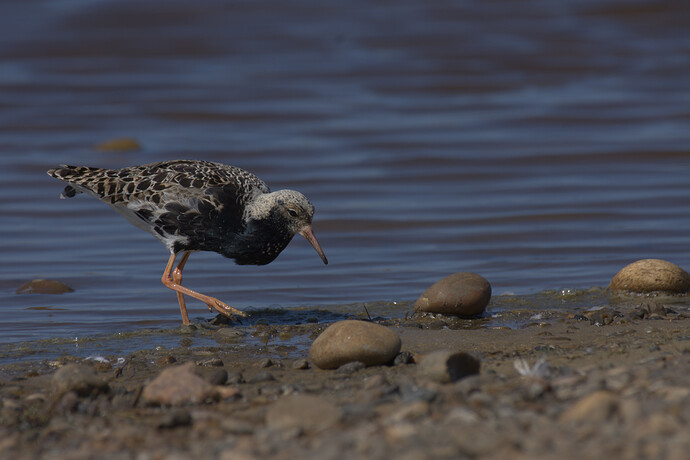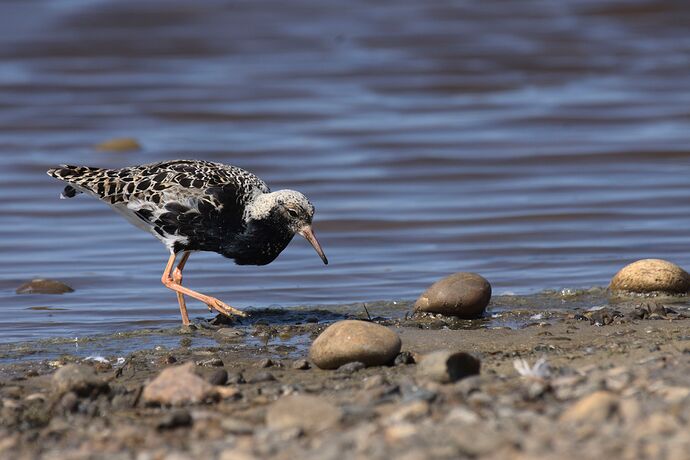Good things have already been said. I’m going to try it in my words, so if I duplicate some stuff, just gloss over it :P.
You say you want your picture to look similar to what your camera showed you when you took the picture, as a starting point. You already use the good word: ‘similar’, because ‘exactly’ is something you don’t want to chase.
A raw photo doesn’t have a ‘correct’ way it should look, it’s up to interpretation. So every software will show it differently. That being said, Darktable is a bit notorious for being ‘way off when first loading pictures’, although it really depends on what you expect and your camera.
First: Like others said, if you manage to get a point you are happy with, you can create a preset for a module, and then let that preset auto-activate (even for certain camera models or other parameters). So that you don’t have to click it everytime.
Second, specially for Darktable 3.8 (less so for 3.9 / 4.0 in development now I believe) the colors are ‘flat’ by default. So if you want a more ‘ready’ picture to start with, you probably always need to add ‘color balance rgb’ module, and use it’s ‘add basic colorfulness’ (or whatever its called) preset as a starting point.
Third, I’m going to dumb it waaaay down, even so far it probably doesn’t make sense anymore, but here it goes:
Most raw-converter software works by applying a look to your file upon opening, and then gives you tools to ‘fix’ that look or change it to something you might want.
Darktable has moved (‘is moving’ ?) to something more like: we apply a look as the last step of the processing, and give you tools to change your raw data before the look gets applied. This does have the effect that those tools often work just a bit different than your used to from other raw-converter software.
Also, Darktable is never going to be the program with a simple ‘highlights slider to drag down to see if you can recover something’. Just my 2cts.
Now, that ‘look as the last step in processing’ is what ‘filmic rgb’ does. I think it sits pretty well by default, but it has ‘auto’ buttons on the 1st tab (specially the picker next to ‘auto tune levels’) to set it up. Doesn’t work on noisy images, but on clean images it gives you a good starting point IMHO. In the ‘options’ tab there is something called ‘preserve chrominance’ and it might be a good idea to try other settings for it, to see if you like some more. Remember, if you have something, save it as a preset to auto-apply!
But… you might also just not use ‘filmic rgb’, and use the ‘base curve’ module. As long as it’s (almost) last in the pipeline (that means ‘on top of other modules’ - not below - in the module sidebar). In the ‘exposure’ module there is a bit of exposure added by default, depending on camera model, I believe. You might need to reset that to 0 if you use ‘base curve’. Otherwise, the image is too bright. But see for yourself how it looks. And remember, you might - or not - still need ‘color balance rgb’ in its ‘add colorfulness’ preset.
There are advantages to using filmic and not base curve, but if you want to get closer by default to something you see in your camera, I think it might satisfy you more. And as long as it is used (almost) last in the pipeline, and you modify the raw data before it hits base curve, you are still doing it the modern Darktable way :).
‘local contrast’ is one of the modules that is ok after filmic / base curve (so it sits on top), and it’s default settings add a nice little, subtle form of ‘pop’.
If you then use ‘tone equalizer’ module to change brighness of parts of the image - before it hits the final look module - you can bring too bright parts down, or too dark parts up. Enable the module and open it, then hover your mouse over parts of the image. You’ll see a brightness reading. Now scroll up or down with the mouse wheel, and you’ll raise or lower those parts with the same brightness reading. Also try the contrast-curve presets and the shadow/highlights compress presets. You can always undo the effect it does in highlights or shadows to get one of the two. But it’s a module that might be hard to master and can do a lot, but for some quick easy fixes often just ‘scrolling the mouse’ works well enough.
There is also a thread here on pixls that discusses ‘howto get the out-of-jpeg-look for a camera’, you can ask for help there if you have some sample shots you can share.
Good luck.









 .
.